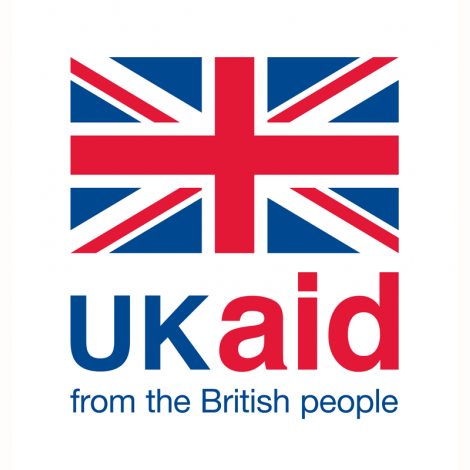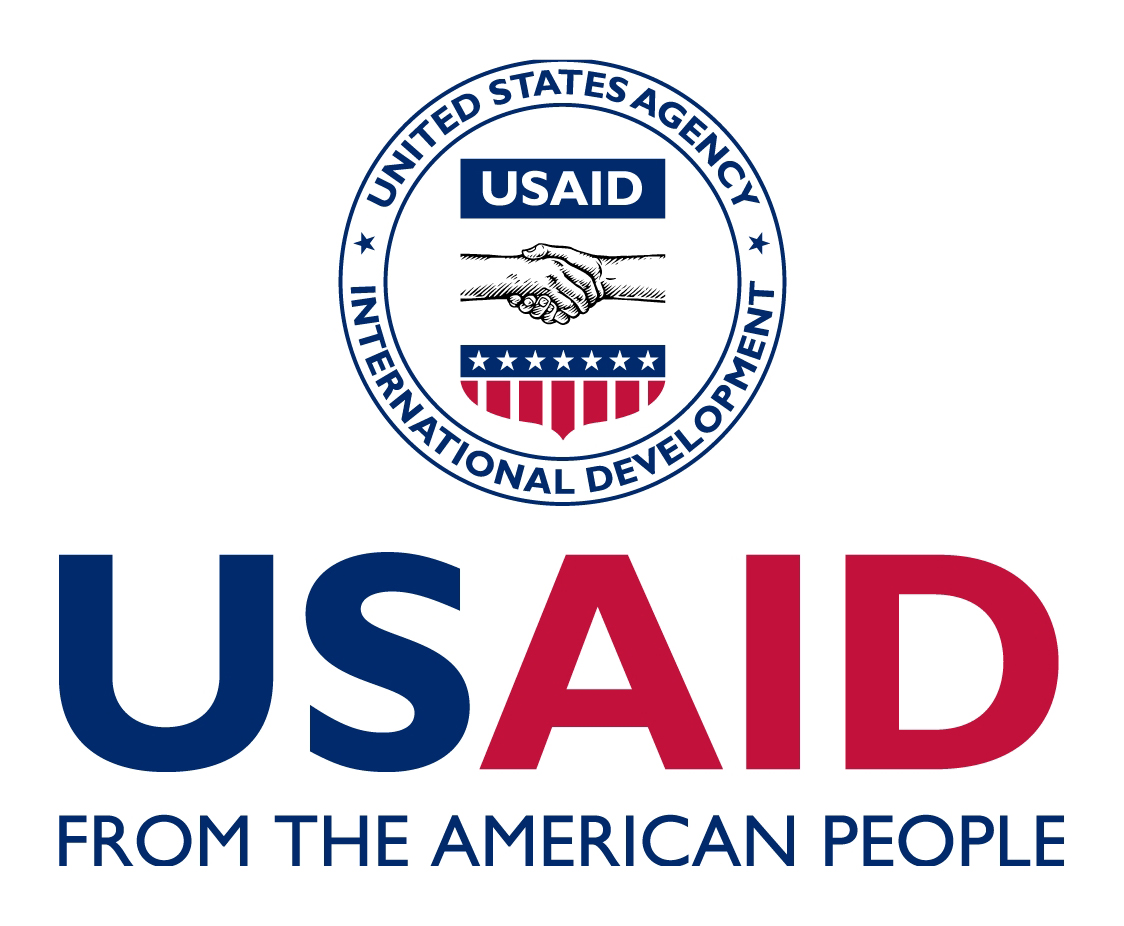clean cookstoves
Improving health for women and children by providing a safe environment to cooking.Why clean cookstoves matter
Clean cookstoves improve health by decreasing indoor air pollution. Cooking in the DRC can be dangerous, inefficient and costly. Current cooking practices, which use open fires or traditional cookstoves, produce smoke and toxic fumes that contain hazardous gases and particulate matter. The smoke and fume products are collectively referred to as household air pollution or HAP. In the DRC, HAP causes serious environmental and health impacts. HAP-related illness, for example, is estimated to contribute to 75,000 deaths each year, particularly among young children. An estimated 95% of children under five are currently exposed to HAP on a regular basis and 15% are diagnosed with life-threatening diseases, including lung cancer and asthma. There is a lack of awareness, in both urban and rural communities, regarding the correlation between exposure to HAP and these health conditions.
The youngest children, especially babies strapped to mother’s back, spend their days and nights close to the fire. From an early age they become so accustomed to smoke that they will not move out of it even given easy opportunity to do so.
Benefits of the stove:
- Reduces fuel use by over 50%
- Tier four stove in all categories
- Stove cost on $15
- Produces charcoal that can be sold or used
Inefficient and hazardous cooking practices also impact families’ economic well-being. The heaviest burden falls on the poorest people in rural areas. Most households rely on biofuels, such as wood and charcoal, for cooking. In rural areas, women and girls are expected to gather and carry wood for the fuel each day across many kilometers, creating higher workloads. As a result, they are drawn away from other productive activities like generating income and school. Fuel accounts for 80% of the family budget amongst the most disadvantaged households.
95%
of children under five are currently exposed to HAP on a regular basis and 15% are diagnosed with life-threatening diseases, including lung cancer and asthma.

Our Approach to Providing Clean Cookstoves in DRC
ASSP is addressing HAP as a cross-cutting strategy to reduce morbidity and mortality among women and children under five, which are the most vulnerable. Specifically, ASSP is introducing clean cookstoves in order to reduce total population exposure to HAP. Clean cookstoves also reduce fuel requirements at the household level. Thus freeing up time for girls to go to school and adults to partake in income-generating activities. As a result, families experience an increase in wealth and wellbeing. In addition, clean cookstoves reduce the pressure on forest resources in the DRC.
Key Achievements
PIlot Designs
IMA has completed multiple phases of stove design involving local pilots. These valuable pilots included focus group discussions and observations to determine how the design should be improved.
scaling up
IMA is currently preparing to scale-up clean cookstoves in several health zones based upon these findings.
Increasing Access to Health Care
Read more about how ASSP is contributing to improved health by increasing access to health care.
QUICK CONTACTS
Recent Posts
Over 3,000 Bed Nets Successfully Distributed in Nyanga, DRC and More to Come!
The ASSP Project’s pilot bed net distribution in Kabola Health Area in Nyanga was successfully implemented, with over 3,000 nets distributed and hung up in over 1,000 households. The team had planned for a total of two days for the registration and distribution to be...
IMA DRC Revolutionizing Bed Net Distributions and Taking Accountability to Another Level
It is an exciting time at IMA DRC as we are coming to fully understand what is possible with our new method of data collection. As we begin to process the data we have collected in Nyanga Health Zone, new ways of communicating our findings are coming to light. One of...
Staff Q&A with Antonio Nevada Martinez
What is your title at IMA? Consultant in Architecture and Solar Power How long have you been working for IMA? Since July 3, 2013 Where do you live? Kananga, Kasai Occidental, R.D.C. What does your job entail on a daily basis? Designing buildings and solar panel...


